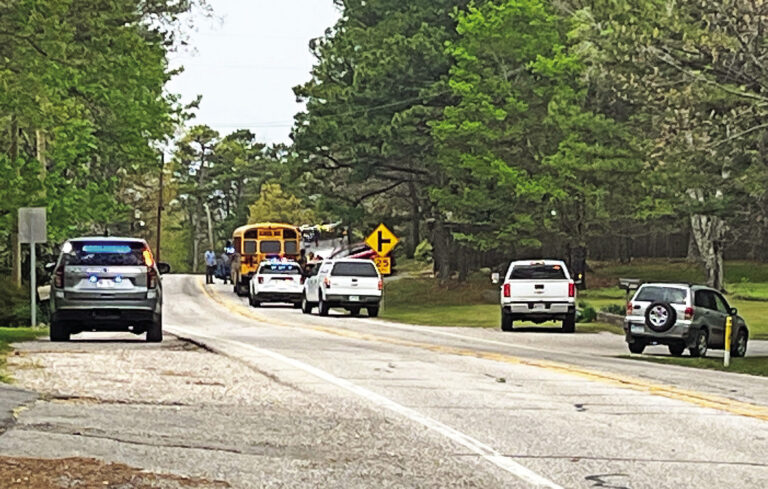New regulations aimed toward more oversight of the installation of large and unusual monuments on cemetery grounds have been approved by the Eureka Springs Cemetery Commission.
After the recent placement of a Confederate monument on two privately owned plots, the commission met July 12 and approved changes to certain regulations.
Those changes include stipulating that the cemetery superintendent must defer approval of “unusual or very large fixtures to the cemetery commission.”
“The cemetery commission may require the removal of any installation done without prior written approval,” commissioner Glenna Booth read from the revised regulations.
Furthermore, new regulations state that any privately owned cameras aimed at monitoring activity can only be installed, and aimed, at the purchaser’s plot and any individuals or groups wishing to place flags on graves not under their ownership “must first obtain permission from the cemetery commission.”
“If a plot owner or family does not want the placement of any flags they should notify the cemetery commission so that can be discreetly indicated on the plot,” Booth read.
Under the Permanent Fixtures portion of the cemetery rules and regulations, new language now says:
• “monuments, also known as tombstones, headstone and grave markers are intended to mark the location of those buried in that specific plot.”
• “There shall be no decoration, adornment, use of monument inscriptions or plantings except as expressly permitted under these rules … the right is reserved by the cemetery commission to enter upon any lot and prohibit, modify or remove any object …
• “…The request for approval of permanent fixture form must be submitted and approved before installation.”
The main topic of the July 12 cemetery commission meeting stemmed from recent controversy involving the installation of a monument to Confederate soldiers.
The commission, now comprising just three members after two members recently resigned, held a workshop Thursday, July 6, to review proposed changes to cemetery rules and regulations before introducing those changes at at the July 12 meeting.
“There shall be no decoration, adornment, use of monument, inscriptions, or plantings except as expressly permitted under these rules,” one section states. “The right is reserved by the Cemetery Commission to enter upon any lot and prohibit, modify, or remove any object, adornment, monument, inscription, planting, or other work done contrary to the rules.”
The 15-foot obelisk came into the spotlight after it was first reported on by Fayetteville- based KUAF public radio reporter Jacqueline Froelich. The obelisk, a stone pillar typically set up as a monument or landmark, was built on a private lot purchased by Carroll County resident Koltin Massie for $1,000. Massie serves as commander of the Sons of Confederate Veterans, Seaborn Jones Cotten Camp in Eureka Springs, named after his fourth great-grandfather, who fought for the Confederacy.
At the time, city council member Harry Meyer suggested members of the cemetery commission resign over the monument being allowed at the cemetery. Since then, commissioners Bruce Wright and Robert Tollett have resigned citing health and family reasons, leaving Booth, David Danvers and chair LB Wilson as the only members remaining.
At the July 12 meeting, Danvers read two letters he wrote city attorney Forrest Jacobi in June requesting input on the issue.
Danvers’ letters to Jacobi question the ownership of the plot and say that there may have been some deceitful activity involved when presenting plans for the monument.
“I found this language online that there shall be no decoration, adornments, use of monument inscriptions or planting, except as expressly permitted under these rules,” Danvers read to commissioners as a response from Jacobi.
A second letter for further guidance from Jacobi hadn’t been answered by the July 12 meeting and Danvers proposed a resolution that would have the city attorney, Mayor Butch Berry and the city council take “immediate action regarding the Confederate monument recently erected in the city cemetery.”
“The cemetery commissioners recommend, per prior correspondence with the city attorney, that the city of Eureka Springs, number one, issue a stop order for any and all work in process, including additional emblems or plaques,” Danvers read as part of his proposed resolution. “Number two, remove the structure from the city cemetery grounds. The purchase of the burial plots were not conducted in good faith for the primary mission of the Eureka Springs public cemetery according to city ordinance …” Booth, however, adamantly opposed the city council getting involved in the issue and Danvers later revised his proposed resolution to include only Berry and Jacobi. When the vote came, though, Danvers voted no, and the proposal failed.
“The city council has nothing to do with running the cemetery, and they are not going to look through all those piles of documents,” Booth said. “I don’t want them to control it. This is cemetery business.”
“I want the city council involved in this,” Danvers said. “I’m sorry for the record this did not pass.”
Booth questioned whether the commission or council has the authority to have the monument removed, but everyone agreed that in order for additional items to be placed at or on the current structure an approval form must be submitted to the commission.
The commission then voted 3-0 to request a meeting with Massie regarding the application.
Danvers said he was going to again reach out to Jacobi and inquire about the feedback requested previously.

